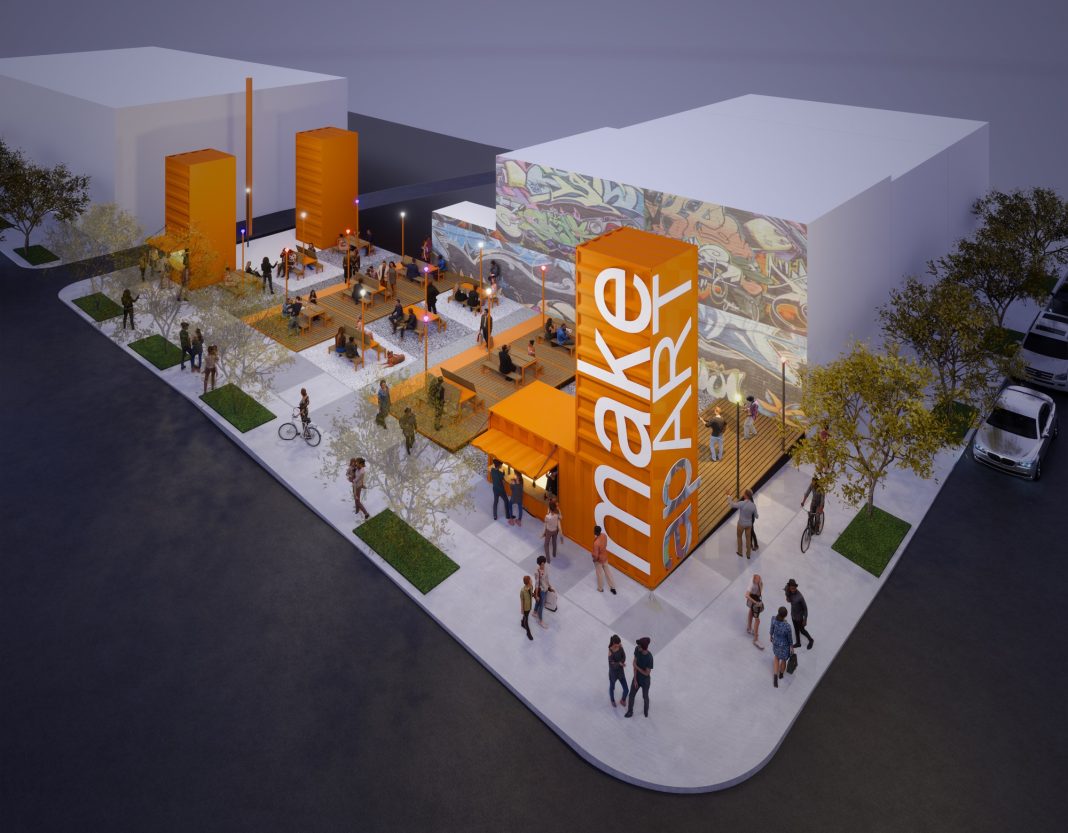The COVID-19 pandemic has profoundly altered our lives, compelling us to rethink and redesign urban spaces to accommodate the new normal. As cities around the globe grapple with these changes, the imperative to create resilient, sustainable, and healthy environments has never been more critical. This comprehensive exploration delves into the innovative strategies city planners, architects, and communities are deploying to reimagine urban spaces for post-pandemic life.
The Call for Flexible Urban Design
The sudden shift to remote work underscored the need for flexible urban designs. Cities are now focusing on creating multi-functional spaces that can easily transition between commercial, residential, and recreational uses. For instance, empty office buildings are being converted into living spaces or community centers, providing much-needed housing and fostering a sense of community.
Prioritizing Green Spaces
The pandemic has highlighted the importance of accessible green spaces for physical and mental well-being. Urban planners are emphasizing the integration of nature into city landscapes, from expanding parks and gardens to incorporating plant life into buildings themselves. These green initiatives not only enhance the quality of urban life but also contribute to the cities’ resilience against climate change.
Enhancing Active Transportation
The reduction in traffic during lockdowns revealed the potential for cycling and walking paths to transform urban mobility. Cities like Paris and Milan have rapidly expanded their networks of bike lanes, encouraging active transportation as a healthy, sustainable alternative to car travel. This shift not only reduces pollution and congestion but also promotes a more active, health-conscious lifestyle among city dwellers.
Revitalizing Public Spaces
Public spaces are being reimagined to encourage safe social interactions and community engagement. From pedestrianizing streets to creating outdoor dining and entertainment areas, these initiatives aim to revive local economies while ensuring public health. Moreover, smart technology is being employed to manage crowd density and maintain cleanliness, making public spaces more inviting and safer for everyone.
Embracing Smart Technology
Smart technology plays a pivotal role in adapting urban spaces to new challenges. From air quality monitors and contactless payment systems to apps that provide real-time information on crowd sizes, technology is making cities more livable and efficient. Furthermore, smart infrastructure is facilitating remote work, enabling a more flexible, decentralized approach to urban design.
Building with Sustainability in Mind
Sustainability is at the core of post-pandemic urban planning. Energy-efficient buildings, renewable energy sources, and sustainable materials are becoming the standard, reflecting a commitment to reducing the environmental impact of urban development. These measures not only ensure the long-term viability of cities but also create healthier living environments for their inhabitants.
Community-Centric Approaches
The rethinking of urban spaces is also about fostering stronger communities. Initiatives that encourage local involvement in urban gardening, neighborhood planning, and community art projects are gaining momentum. By empowering residents to shape their environments, cities are nurturing a sense of ownership and connection among their communities, crucial for resilience and recovery.
The Road Ahead
As we navigate the post-pandemic world, the reimagining of urban spaces is a testament to human ingenuity and adaptability. By prioritizing flexibility, sustainability, and community, cities are not only addressing immediate challenges but also laying the foundation for a more resilient and inclusive future. The transformation of urban spaces reflects a profound shift in how we envision city living, promising a brighter, healthier future for all.
The pandemic has served as a catalyst for change, pushing us to rethink the fundamentals of urban design and living. In doing so, it has opened up new possibilities for creating cities that are not just places to live but spaces that enhance our quality of life in every aspect. As we continue to adapt and innovate, the post-pandemic city stands as a beacon of hope, a place where life thrives in harmony with nature and technology.

